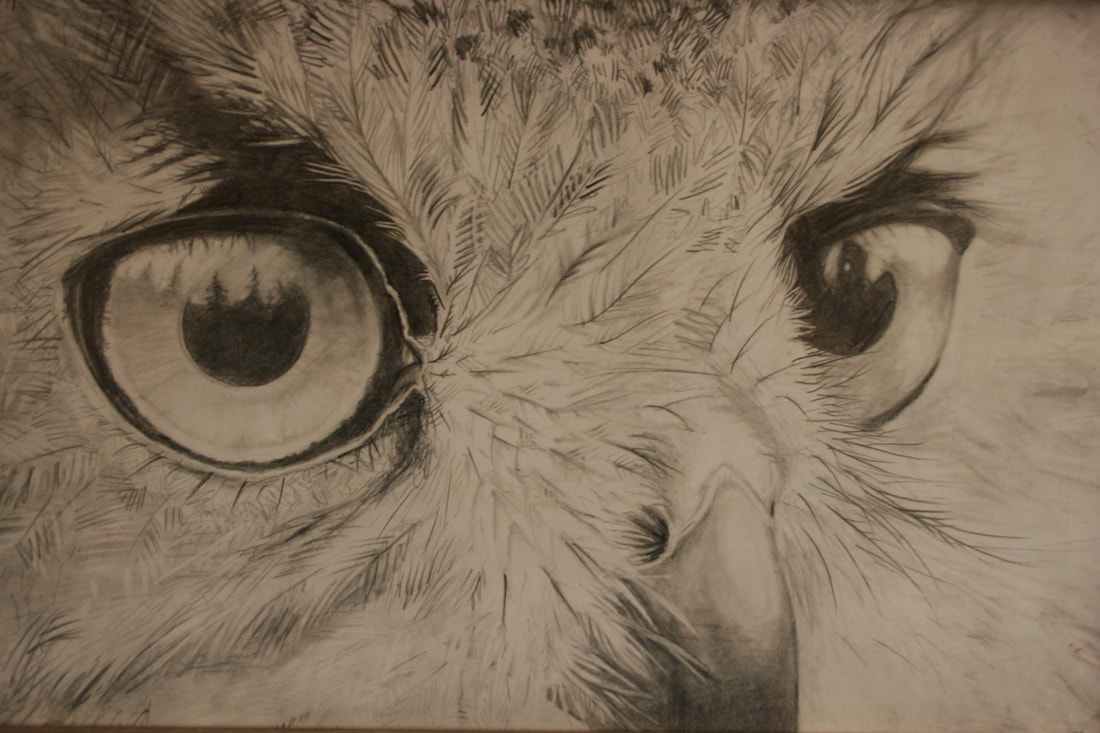|
By Janelle Eklund
Elegant draping leaves, a skirt of ruffled bark, and a stately composure make the birch the jewel of the forest dance. Although they are not so prolific in the Copper Basin, the small numbers make them even more of an outstanding jewel. I love coming upon these peaceful looking trees and admiring their beauty. I'm sure everyone has either heard of or tasted the life blood that flows through the veins of this wonderful tree - birch syrup. Sap from the tree is tapped in the early spring. The process from turning sap into syrup can be labor intensive and it takes a lot of sap to produce a little syrup. One time I watched a video on the making of birch syrup in Alaska. The company lived in an area where there were lots of birch trees. It was mind boggling to see that it can take 80-100 gallons of sap to make one gallon of syrup. The sap is also used medicinally and natives have used it on boils and sores. Sap is best used fresh as it tends to spoil fast. Birch has a compound, methyl salicylate, which is similar to aspirin, and contains betulin. An infusion of the leaves can help with urinary problems and kidney stones. To ease a headache or pain from inflammation of muscles, joints, or fibrous tissue make a tea with birch leaves and bark, willow, and poplar since they all have similar qualities. You can take it a step further and make a salve or massage oil out of the birch buds and leaves and rub on your skin to ease those aches and pain. Birch leaves and catkins are also edible so try in a salad or use as a spice in a main dish. Birch bark has been used for centuries to make waterproof containers. Natives fashion the bark into baskets for containers when picking berries or in ancient times to boil water. Rocks were heated and placed in a basket of water over and over until it reached the boiling point. The bark has also been used as roofing and fashioned into tarps or shelters in wet weather. Need an emergency splint when an unexpected accident occurs out in the woods? Birch bark has been wrapped around an appendage and padded with moss and then tied in place. The bark has been made into many other useful items such as canoes, baby carriers, dishes, etc. It's important to be careful when harvesting the bark so as not to damage the tree. It is best for the tree to take bark from a pruned branch. The birch tree is a host for a fungus called chaga (Inonotus obliquus) - a type of fungus mushroom. My dental hygienist was telling me about it so I did a little research. In Tanaina Plantlore the natives call it Black Birch Burl or k'atnitsayi, meaning 'to ignite'. It can be used for fire starter and they used it as a toothache medicine after soaking in hot water and used as a tea. It looks kind of like a burl of burnt wood on the trunk. It doesn't hurt the tree to cut it off with a saw or hand ax. It is amber on the inside and has been described as a corky texture. It has an incredible amount of antioxidants, has been used in cancer therapy, and has been reported to be anti-bacterial, anti-fungal, anti-microbial, anti-candida, anti-viral, and helps to regulate the immune system. In 'The Fungal Pharmacy' by Robert Rogers there is a Russian recipe for chaga tea: Pour 2.6 qrts of boiling water over 17.5 oz. of dry crumbled chaga. Cover and leave at room temp for four days. Filter and refrigerate. Grind chaga to a mush. Add two qrts of 122° water and let stand for 48 hrs. Strain and add the two liquids together. Drink 6.7 oz. four times daily before meals. From my light to yours- Information for this article was gleaned from Tanaina Plantlore by Priscilla Russel Kari, Discovering Wild Plants by Janice Schofield, The Fungal Pharmacy by Robert Rogers, and the internet wikipedia and youtube.
0 Comments
Leave a Reply. |
Who We AreWISEfriends are several writers connected with Wrangell Institute for Science and Environment, a nonprofit organization located in Alaska's Copper River Valley. Most of these articles originally appeared in our local newspaper, the Copper River Record. Archives
August 2021
Categories
All
|
|
WISE is a
501(c)3 nonprofit organization |
Contact Us |


 RSS Feed
RSS Feed
